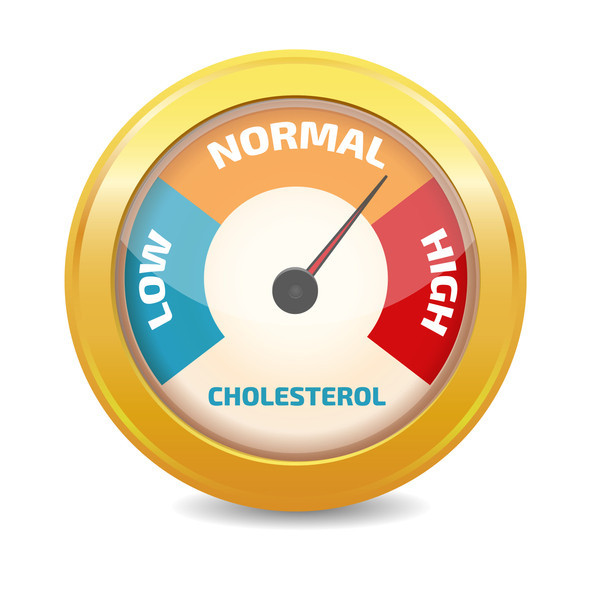How to improve your cholesterol profile

You can't change your age or family medical history, both of which can affect your cholesterol levels. However, you can lose weight and boost physical activity, which will help lower your LDL cholesterol and boost HDL. Probably the most important step, though, is changing the way you eat.
Focus on fats. Most of the cholesterol in our bodies does not come directly from cholesterol-containing foods like eggs. Rather, it is made by our bodies from components of food. To improve your cholesterol profile, avoid saturated fats (found in animal products). These fats increase unhealthy LDL levels. Instead, replace some of the saturated fats in your diet with healthier unsaturated fats, which are found in fish, nuts, avocados, and vegetable oils, such as olive oil, canola oil, and safflower oil.
Choose whole grains. Whole-grain breads, pasta, and cereal help prevent dramatic ups and downs in blood sugar and make you feel full longer. Many of these foods contain fiber that lowers LDL levels.
Make healthy substitutions. Eat more fruits and vegetables, especially if you substitute these for processed foods like potato chips. And make healthy dairy substitutions: fat-free milk instead of whole milk, or plain yogurt instead of sugar-laden versions.
Take a cholesterol-lowering drug if you are at high risk for heart disease—even if your cholesterol is normal. Statin drugs first became available in the 1980s and proved far better at lowering total cholesterol and LDL cholesterol than previous drugs. These medications reduce the body's production of LDL cholesterol and help it reabsorb existing LDL. When studies showed that taking statins reduced the chance of getting heart disease, most doctors assumed that this was exclusively through their ability to lower cholesterol. However, statins also lower the chance of heart disease even if you have normal levels of total cholesterol or LDL cholesterol. The likely reason: statins dampen inflammation and help prevent arterial plaques from rupturing and causing a heart attack.
The decision to go on a statin depends on your age and overall cardiovascular risk. If your cholesterol is high-normal but your overall risk of a heart attack is low, it may be unnecessary to take a statin. Conversely, if your cholesterol is average but your overall risk is high, taking a statin may be a smart move.
To help people determine their 10-year risk of a heart attack, the American Heart Association and American College of Cardiology created an online calculator; you can find it at /heartrisk. Using that number, you and your doctor can decide on your best course.
A second class of cholesterol-lowering drugs, the PCSK9 inhibitors, is also available. The two drugs in this class are alirocumab (Praluent) and evolocumab (Repatha). These are approved for people who are already taking the maximum tolerated dose of a statin and either have known heart disease (a previous heart attack or stroke) or a genetic condition called familial hypercholesterolemia that causes very high LDL levels.
For more information on reaching your full potential after 50, check out A Guide to Men's Health Fifty and Forward, a Special Health Report from Harvard Medical School.
Image: © AndSim/Getty Images
Disclaimer:
As a service to our readers, Harvard Health Publishing provides access to our library of archived content. Please note the date of last review or update on all articles.
No content on this site, regardless of date, should ever be used as a substitute for direct medical advice from your doctor or other qualified clinician.












